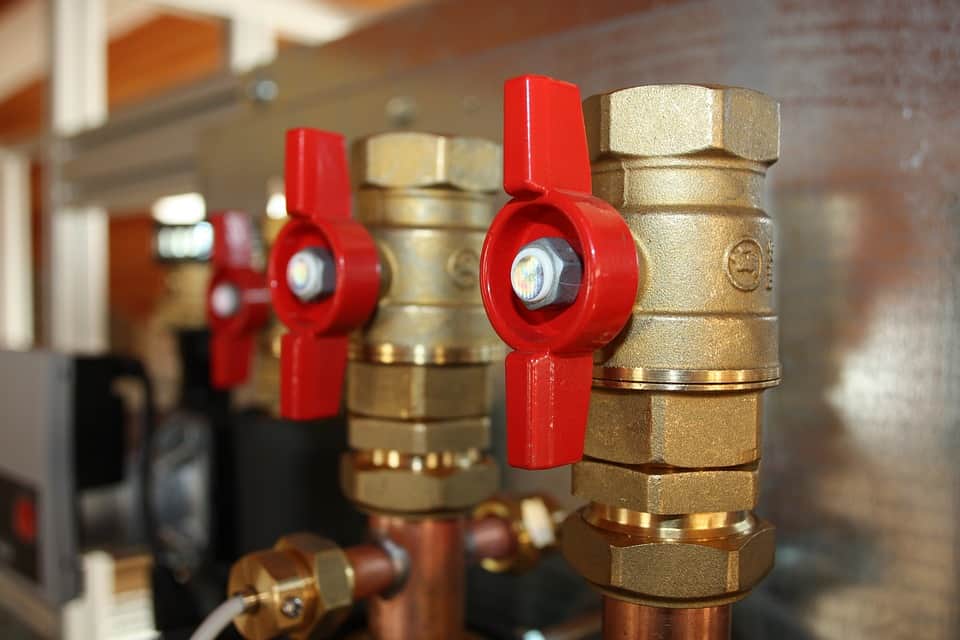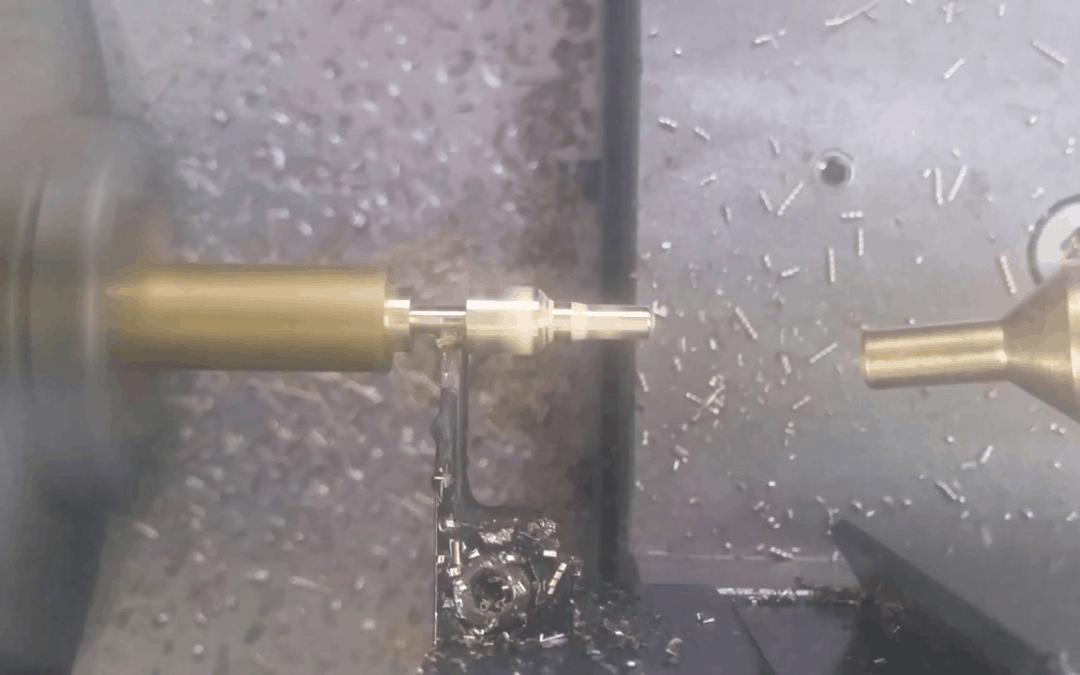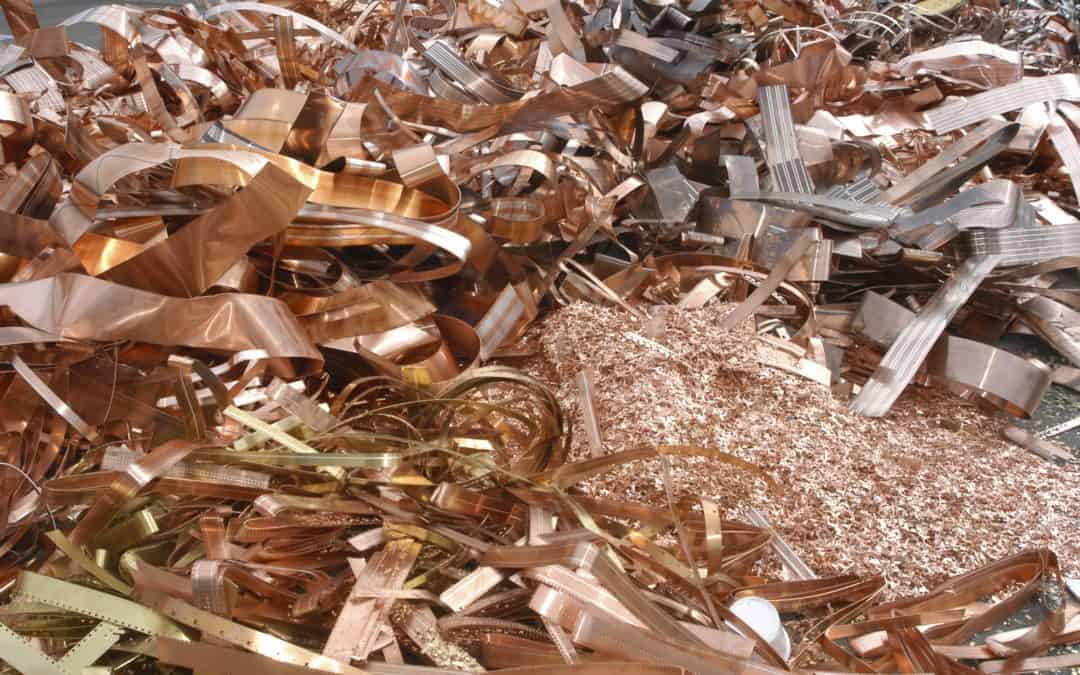
by dgs Marketing | Sep 22, 2020 | Blog
Basic math suggests that raw material costs affect finished part costs, and many design engineers assume that lower-cost materials always yield less-expensive parts. In the real world, that is not always true. Although brass bar stock typically costs more than 12L14...

by dgs Marketing | Aug 7, 2020 | Blog
Shops continually look for ways to cut cycle times and increase part quality, but one aspect of recurring jobs typically remains unquestioned. Many shops assume that material specifications represent an absolute, unchangeable attribute, and as a result, they may fail...

by dgs Marketing | Jun 17, 2020 | Blog
Traditionally, to improve the machinability of brass and other metals, small amounts of lead are added to lubricate cutting tools and enable chips to flow freely. In certain applications such as components that come into contact drinking water, however, regulations...

by dgs Marketing | Apr 8, 2020 | Blog
Whether it’s a canned cycle on a CNC machine, speed and feed figures from a color-coded chart or handwritten notes on a job ticket, machinists rely on standard cutting data every day in the metal-cutting industry. This data tend to act like speed limits for operators...

by dgs Marketing | Mar 16, 2020 | Blog
Brass provides favorable economics that few other materials can match. Made from a blend of copper, zinc and other elements, brass offers superior machinability, recyclability and overall environmental advantages. In fact, producers of brass raw materials like rod,...







Recent Comments